The Fort Canning Lighthouse is an important maritime landmark in Singapore.
Once considered part of the 13 significant lighthouses on the Straits of Malacca, its origins date back to the early British occupancy of Singapore.
Fort Canning Lighthouse, Hill Park, History, Maritime Corner, Singapore
They initially built a flagstaff, which was used to transmit details regarding ships that were entering the harbour. In 1855, a lantern that also functioned as a signal light, was attached to the flagstaff. In 1902, the flagstaff was replaced by the development of the Fort Canning Lighthouse, located on the southern area of the hill. The 24.3-meter-high lighthouse utilised 20,000 candelas of light generated by a kerosene burner.
When the first Supreme Court was being built from 1937 to 1939 on St Andrews Road, the architects were mandated to ensure that it did not obstruct from the view of the lighthouse. Ships relied on the lighthouse for 55 years, until December 12, 1958, when it was decommissioned due to the construction of tall buildings on the Singapore Harbour, which affected visibility from the sea.
The Fort Canning Lighthouse survived World War II, although in 1979, it was taken down and transferred to the Maritime Museum of Singapore. The present-day lighthouse was erected near the original site; a fully-functional lighthouse which stands as a representation of its contribution to the maritime history of Singapore.
Visitors can visit the replica to learn more about its history. Although it isn’t possible to enter the lighthouse, it’s well worth a stop if you’re visiting Fort Canning Park.



























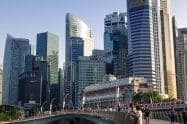

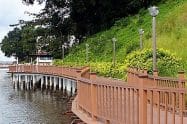
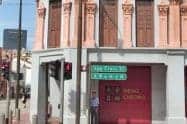
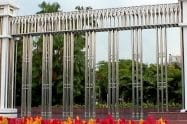

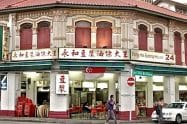
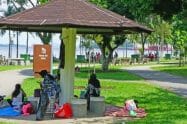

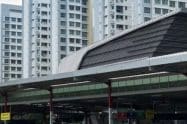
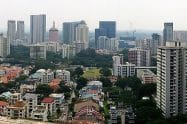
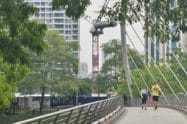






















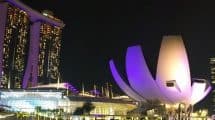
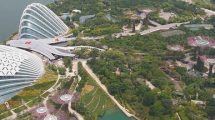


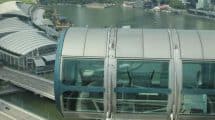


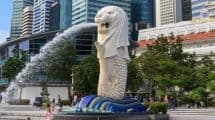
Do You Have a Question to Ask?